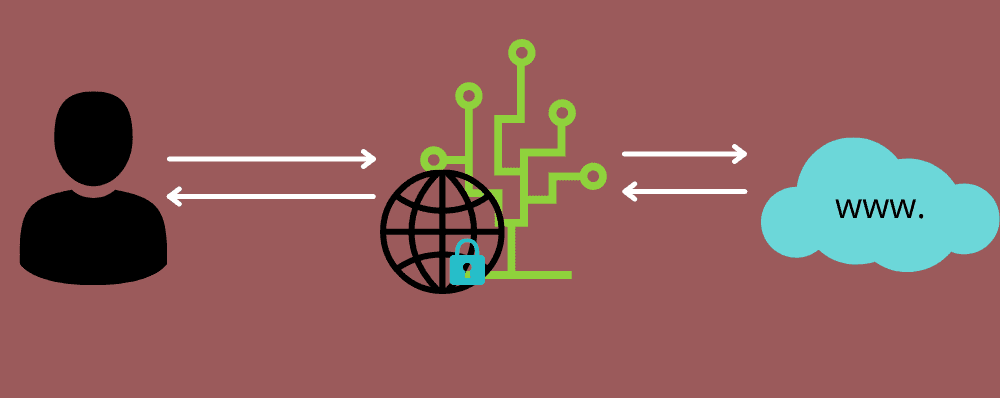Exploring the Top Features of an Effective Secure Web Gateway
Secure web gateways protect organizations against cyberattacks and prevent data exfiltration. They inspect web traffic inline, blocking hazardous websites to ensure safe internet access for employees and safeguard systems from threats.
SWGs can also detect confidential information in outbound web traffic and redact it, preventing data breaches. They can be software-based or hardware systems on the edge of an organization’s network.
URL Filtering
Many employees use the Internet for work and other tasks, leaving the organization vulnerable to malware infections, data leaks and phishing attacks. This is why ensuring your employees only access websites deemed safe and appropriate for business use is critical.
To do this, an SWG will typically employ URL filtering. This feature compares outbound web traffic against a pre-defined list of categories (like adult entertainment, alternative beliefs, social media, gambling, jobs/employment and pornography) and blocks or permits access depending on company policies.
In addition, most SWGs also provide URIBL and SUBRL filtering that helps protect against malicious URLs by comparing them against lists of known malicious sites. This helps identify and block the latest attacks before reaching users’ devices.
Another important feature of an effective SWG is its ability to inspect SSL/TLS connections. This allows the device to check encrypted data flows deeply, identifying and intercepting malware that may have slipped through other security layers. Then, the device can deliver a response to the user that prevents them from launching the malicious code in their browser. This helps minimize malware infections, data loss and other threats the attacker may have caused. It also helps improve productivity and enhances regulatory compliance, reducing the risk of litigation and liability.
Malware Detection
With more workplaces moving from traditional office settings to remote environments, a secure gateway is more important than ever. Even though employees may be sitting in a different city or country, their data must still be protected from cyber threats that could wreak havoc on the organization. And a gateway is the best solution to ensure this data remains safe and secure.
A secure web gateway (SWG) acts as a security checkpoint by standing between all incoming and outgoing data and inspecting the contents of each before passing it along. By implementing various security features, including URL filtering, malware detection, and DLP, a gateway can prevent internal employees from downloading malicious software or accessing dangerous sites that could harm their computers or lead to data breaches.
The first thing an SWG does is proxy all incoming traffic, checking that it aligns with company policies before allowing or blocking access. It can also inspect outgoing data, ensuring that sensitive information such as social security numbers, credit card information, medical records, and intellectual property is not downloaded to an external device or sent via email.
A gateway can also detect malware by comparing web and application traffic code against a database of known signatures to determine whether the activity is malicious. And it can remove any malicious content from downloaded files, ensuring the file is clean before being passed on to users.
Data Loss Prevention
An effective, secure web gateway (SWG) is essential to an organization’s layered security strategy whether deployed as a cloud-based service or a physical appliance, SWGs function at the application layer of the network to inspect both incoming and outgoing traffic, using company policy to determine what should be allowed, blocked or quarantined.
Incoming threats are filtered by SWGs against a database of known web categories, preventing employees from visiting sites deemed malicious or unacceptable based on company policies. They can also detect and block files that contain viruses, worms, Trojans or any other malware. SWGs can further protect networks from insiders by scanning incoming content for signs of data leakage. They can then report suspicious or unknown content to other detection and prevention solutions for further inspection, such as CASB and DLP.
With 90% of malware incidents today leveraging the web and DNS to breach defenses and launch attacks, enterprises must deploy SWGs to protect their systems, network and digital assets. And as workplaces increasingly shift towards remote workforces, a secure web gateway becomes even more important to ensure that workers can access the tools and resources they need without being exposed to harmful cyber threats. SWGs can prevent this by enabling them to authenticate securely on any device, from anywhere at any time.
Web Isolation
A gateway’s first role is to proxy web requests between internal endpoints and the Internet. This allows organizations to enforce granular policies on who, what, where and when users access certain websites. In addition, a gateway can scan outgoing traffic for malware, including zero-day attacks, as well as to identify potential policy violations.
Malware detection features found in SWGs include URL filtering, sandboxing (which executes potentially malicious code in a controlled environment), and web isolation. Isolated browsing protects against a wide range of threats, such as click-jacking, redirecting users to a fraudulent website; cross-site scripting, which could steal session cookies or login information; and more.
The top feature of an effective, secure web gateway is browser isolation, which runs a virtual copy of the user’s operating system and web browser. This isolates and blocks all malware from entering the endpoint, protecting the network, systems, and devices from phishing, ransomware, social engineering, trojans, viruses, bots, spyware, and other malicious software. The isolated environment is also wiped clean at the end of each session. When users return to the virtual browser, they work in an entirely fresh image, free of any downloaded malicious code. Observing encrypted web traffic is an important additional capability, as around half of all attacks and malware use encryption to disguise their actions.

